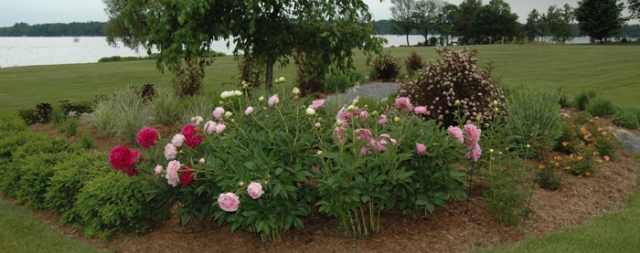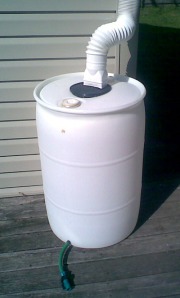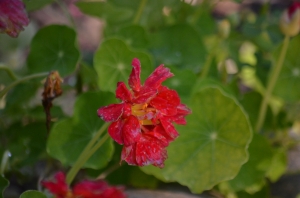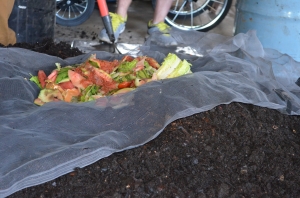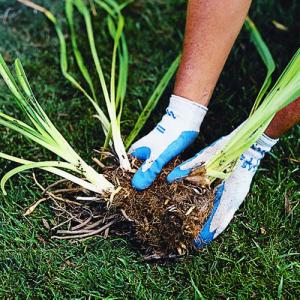Top Reasons Why We Mulch!
Saturday, I spent the day shoveling the last of the snow out of my garden bed, and spreading it out so it would melt away. (Spring Fever!) I also took that time to clean out my beds of the last few leaves and prune the damaged limbs from the shrubs. It was great getting those things done, but I am most excited about getting my garden and borders mulched. It always looks so complete, and it will pay off big time in the season ahead.
Top 10 Reasons We Mulch at The Mossy Tree
1. Weed control. You’ll still get a few weeds that you can pull when you go by, but NOTHING compared to what you get when there is no mulch. Bare ground without mulch will work you silly trying to control weeds.
2. Protection from the elements. Rain will compact bare soil. Sun then bakes it. The result is not the best environment for plants.
3. Prevents erosion. You sure don’t want all that good soil running off somewhere else with the rain.
4. Improves the soil. As mulch breaks down it improves the soil texture by adding organic matter. (This is how
easy it is to improve soil!)
5. Helps maintain moisture in dry weather.
6. Can keep warmth in the soil over winter. Mulched beds won’t freeze as readily as un-mulched beds.
7. Keeps the soil cooler in summer heat.
8. Looks nicer.
9. Saves time. I think this is best reason of all. It saves you tons of time on garden chores you will never have to do!
That bears repeating: It saves you tons of time on garden chores you will never have to do!
And the best time to Mulch is Spring!



